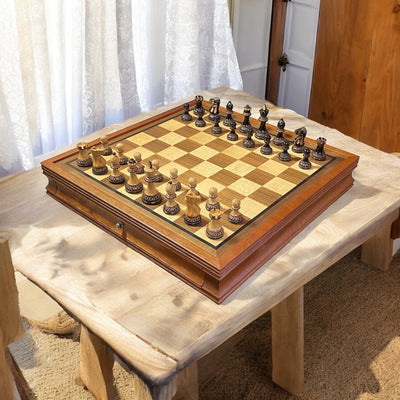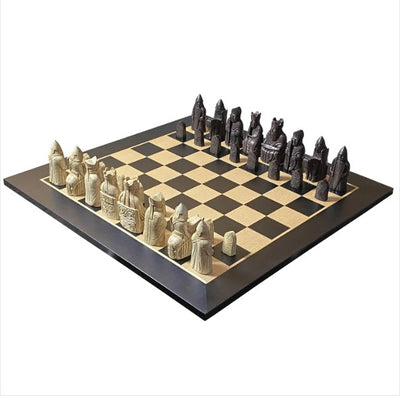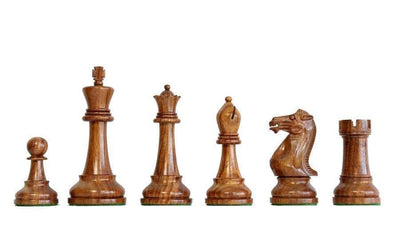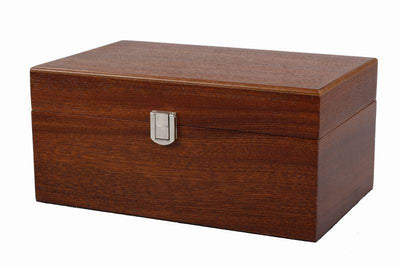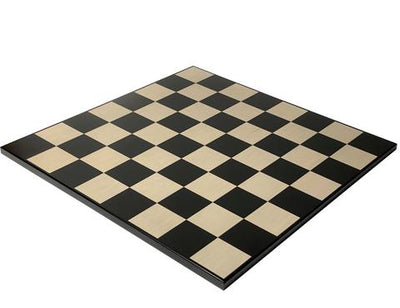The 3 Most Common Questions Asked About Chess (Answered!
The 3 Most Common Questions Asked About Chess (Answered!)
Chess has fascinated millions of people for centuries, and whether you're brand new to the game or looking to sharpen your strategy, you're definitely not alone in seeking answers. Below, we answer three of the most commonly asked chess questions on Google, using simple explanations and keywords to help both beginners and casual players alike.
1. How Does Each Chess Piece Move?
Understanding how each chess piece moves is essential to learning the game. Here’s a simple breakdown:
Pawn: Moves forward one square, but captures diagonally. On its first move, it can advance two squares.
Rook: Moves horizontally or vertically across any number of empty squares.
Knight: Moves in an ‘L’ shape: two squares in one direction, then one square at a right angle. It can jump over other pieces.
Bishop: Moves diagonally, as far as the board allows. Each bishop stays on one colour throughout the game.
Queen: The most powerful piece. Moves any number of squares in any direction—vertically, horizontally, or diagonally.
King: Moves one square in any direction. The king also has a special move called castling, which involves the rook.
Knowing the movement of each piece is the first step to mastering chess strategy.
2. What Are the Basic Rules of Chess?
Once you understand how the pieces move, it’s time to learn the basic chess rules:
-
Objective: The goal is to checkmate your opponent’s king—this means the king is under attack and cannot escape.
-
Check & Checkmate: If your king is in danger, it’s called “check”. If there’s no way to save the king, it’s “checkmate”, and the game is over.
-
Stalemate: When a player has no legal moves and is not in check, the game ends in a draw.
-
Castling: A special move with the king and rook that improves your king’s safety. It has specific conditions: no pieces in between, neither piece has moved before, and the king is not in check.
-
En Passant: A special pawn capture that can happen if an opponent moves a pawn two squares forward from its starting position.
-
Pawn Promotion: When a pawn reaches the other end of the board, it can be promoted—usually to a queen.
Understanding these key rules builds a strong foundation for every chess game you play.
3. How Can I Improve My Chess Skills?
Improving at chess is all about practice, patience, and learning from your mistakes. Here are a few tips to help you play better:
-
Study classic games: Watch how the grandmasters play to learn smart moves and strategies.
-
Play regularly: The more you play, the better your pattern recognition and decision-making becomes.
-
Solve chess puzzles: These help develop your tactical thinking and sharpen your problem-solving skills.
-
Learn chess openings and endgames: A good opening can give you an early advantage, and solid endgame knowledge helps you finish strong.
-
Analyse your games: Whether you win or lose, reviewing your games helps you spot what worked and what didn’t.
Chess is a lifelong learning journey, and improvement comes with consistency. Don't get discouraged—every great player started where you are now.
Final Thoughts
Whether you're trying to understand the rules of chess, figure out how the pieces move, or simply looking to improve your game, these common chess questions are a great place to start.
Keep practising, enjoy the process, and remember: every move is a chance to learn something new.


